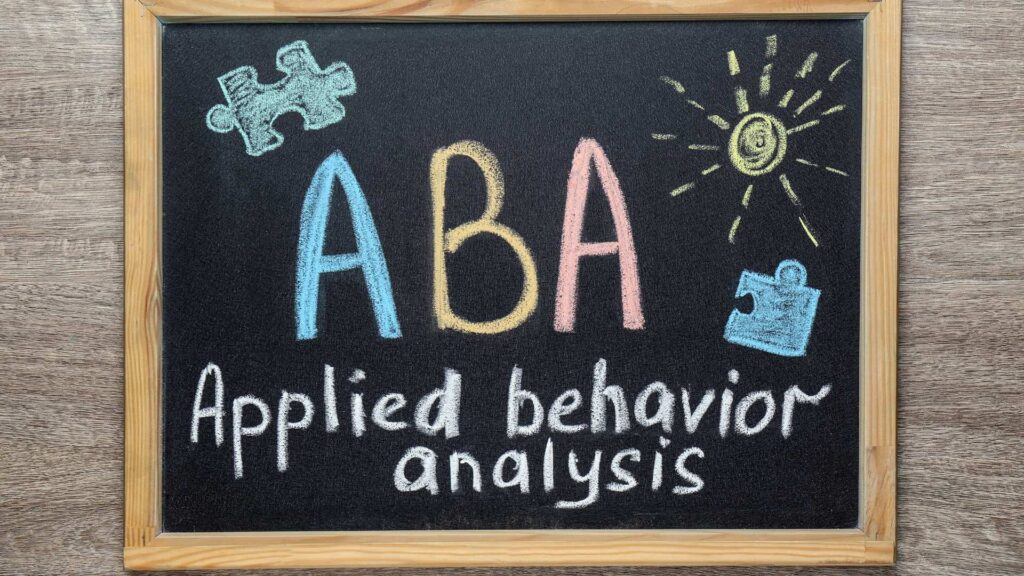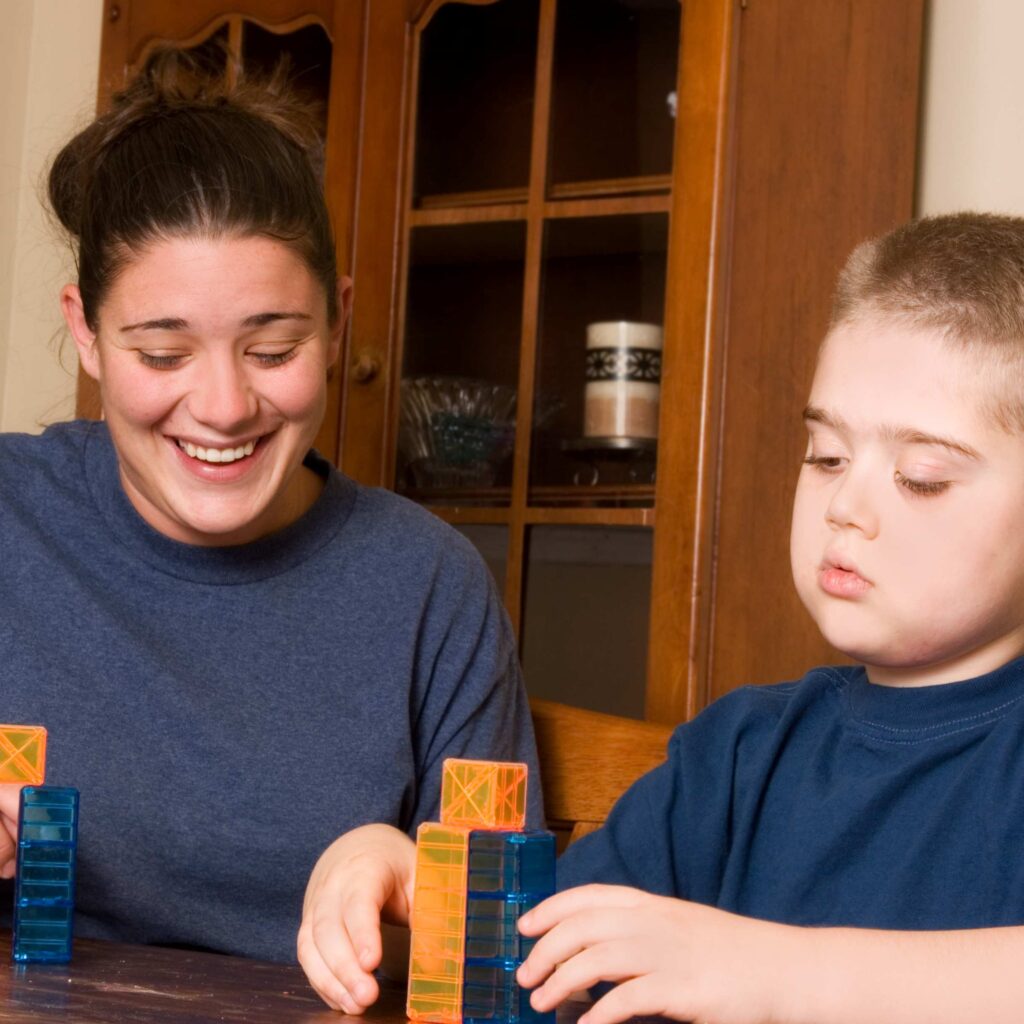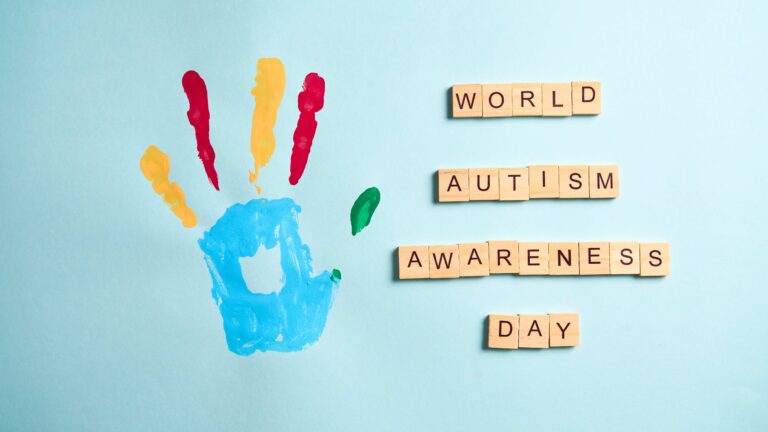Table of Contents
What is the primary purpose of ABA?
As a parent or caregiver of a child with autism spectrum disorder (ASD), you’ve likely come across the term ABA therapy. But what is ABA therapy, and why is it often recommended for children with ASD? Applied behavior analysis (ABA) therapy is one of the most widely used and researched treatments for individuals with autism.
The first thing to understand ABA therapy begins with comprehending its foundation in behavioral science. While the term may sound technical to you, the core of ABA lies in practical, compassionate strategies that enhance a child’s quality of life. From helping children communicate their needs to teaching social and daily living skills, ABA therapy is adaptable according to the capacity and needs of each individual.
For parents new to the concept, it’s natural to have questions. How does it work? Who provides this type of therapy? What should you expect if your child begins an ABA program? In this blog by ABA Centers of Rhode Island, we’ll dive into these helpful insights, so keep reading and gain valuable knowledge.
A Brief History of ABA Therapy

When we say that ABA therapy is not a new approach and that it has been used and proven for many years, we even refer to its origins in the early 20th century. For instance, John B. Watson, who was a pioneering psychologist, popularized the theory of behaviorism in 1913 with his “Behaviorist Manifesto.” Watson believed that, rather than focusing on internal mental states, the practice of psychology should focus on observable behavior.
Moving forward in the mid-20th century. Skinner’s research on behaviorism explored how behaviors could be understood and influenced by their environment. His ideas formed the basis for the principles of reinforcement, which are central to ABA therapy today.
Then, in the 1960s, Dr. Ivar Lovaas expanded on Skinner’s work to develop early interventions specifically for children with autism. His study, Behavioral treatment and Normal Educational and Intellectual Functioning in Young Autistic Children showed that intensive, structured teaching based on behavioral principles could lead to significant improvements in communication, social skills, and overall functioning.
The study tested intensive behavior modification therapy in young autistic children, finding significant improvements in those who received it. Nearly half (47%) of the treated group achieved normal IQ and educational functioning, while 40% had mild delays, and only 10% showed severe impairments. In comparison, the control group, which did not receive intensive therapy, had just 2% reach normal functioning.
Over the decades, ABA has evolved into a flexible, evidence-based approach that incorporates a variety of methods to support individuals with autism across all stages of life.
What is ABA Therapy, and How Does it Work?
At its core, ABA therapy is about understanding and improving behavior. The process typically involves:
- Assessment: A Board-Certified Behavior Analyst (BCBA) begins by conducting an in-depth evaluation of the child’s strengths, needs, and goals. The assessment might include observing the child in different settings and gathering input from parents, teachers, or caregivers.
- Developing a Plan: Based on the assessment, the BCBA creates an individualized treatment plan. This plan outlines specific goals for the child, such as improving communication, reducing challenging behaviors, or building self-care skills like brushing teeth or dressing.
- Teaching New Skills: ABA therapy breaks down complex tasks into smaller, manageable steps. For example, teaching a child to ask for help might start with learning to point to an item before progressing to using words or a communication device.
- Reinforcement: Positive reinforcement is a cornerstone of ABA. When a child completes a step or demonstrates a desired behavior, they receive a reward. The therapist or parents could use praise, a favorite activity, or a tangible item like a sticker.
- Data Collection and Adjustment: ABA relies heavily on data to track progress. Therapists continuously monitor how well the child is meeting their goals and adjust strategies as needed to ensure success.
What Makes ABA Therapy Effective?
One of the strengths of ABA therapy is its individualized approach; because no two children are the same, ABA takes this into account by creating custom plans based on each child’s unique needs and abilities.
Another advantage of ABA is its focus on real-world applications. Therapists design skills taught during therapy sessions to be helpful in everyday life. For instance, a child might learn to interact socially during playtimes and learn to take turns.
Who Provides ABA Therapy?
Trained professionals who work closely with the child and their family provide the ABA program. The team typically includes:
- BCBAs: These are highly trained professionals who oversee the child’s therapy program. They design treatment plans, analyze data, and make adjustments as needed.
- Registered Behavior Technicians (RBTs): RBTs work directly with the child during therapy sessions, implementing the strategies outlined in the treatment plan. They receive specific training in ABA methods and work under the supervision of a BCBA.
What Are ABA Therapy Methods?
Therapists employ various strategies to teach children valuable skills, tailoring the approach to each child’s needs, capability, and learning style, including:
Task Analysis:
Task analysis breaks down complex activities into smaller, manageable steps. For example, if a child is learning to brush their teeth, the process might be divided into individual actions like picking up the toothbrush, applying toothpaste, brushing each section of their teeth, rinsing, and putting the brush away. By teaching one step at a time, therapists can help children build confidence and master the entire task without feeling overwhelmed.
Chaining:
Chaining is closely related to task analysis and focuses on teaching a sequence of steps in a specific order. Depending on the child’s needs, therapists may use forward chaining (teaching the first step first and then adding the successive) or backward chaining (teaching the last step first and working backward).
Behavioral Momentum:
This technique starts with tasks that the child can do easily and enjoys, building a “momentum” of positive experiences before introducing more challenging tasks. For example, if a child enjoys stacking blocks, a therapist might use this activity as a warm-up before transitioning to a less familiar or more demanding skill, like learning to take turns during play.

Prompt Hierarchy:
It refers to the structured use of prompts to guide a child toward success while encouraging independence. Prompts can range from more direct (physical guidance, like helping a child hold a pencil) to less direct (a verbal reminder or a visual cue). The goal is to use the least amount of prompting needed and gradually fade it out as the child becomes more independent.
What Should Parents Expect?
ABA therapy is not a quick fix, but it is a powerful tool for helping children develop essential skills over time. Progress may be gradual, but with consistency and patience, many families see meaningful improvements in their child’s communication, socialization, and independence.
Parents should also be ready to participate actively in the process. Parent training is often an essential part of ABA therapy, equipping caregivers with strategies to support their child’s learning outside of therapy sessions.
Access ABA Therapy with ABA Centers of Rhode Island
If you’re considering ABA therapy, the first step is to ensure that your child has a formal autism diagnosis. At ABA Centers of Rhode Island, we aim to make this process as seamless as possible. We offer official autism diagnostic services, insurance verification, and access to ABA therapy under one roof. While these steps can sometimes feel overwhelming, having everything coordinated in one place simplifies the journey and ensures your child receives the support they need quickly.
While it may take time to navigate the initial steps, accessing ABA therapy is a meaningful investment in your child’s future. Start your process with us; call us at (855) 922-4184 or schedule a free consultation and explore opportunities for your child’s development.








